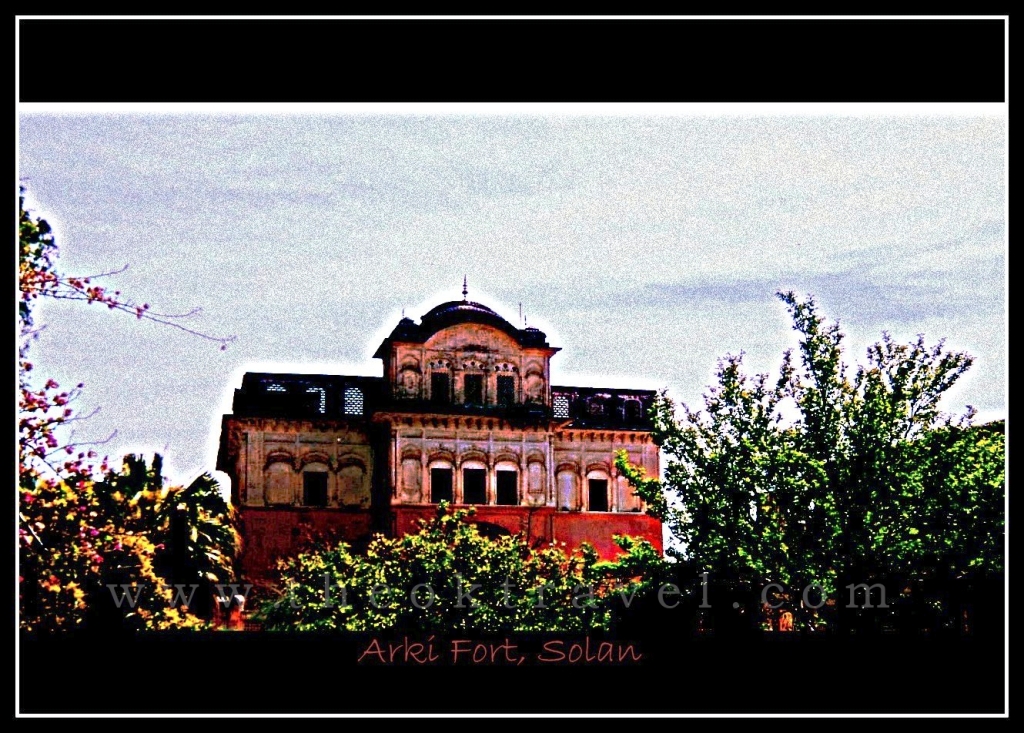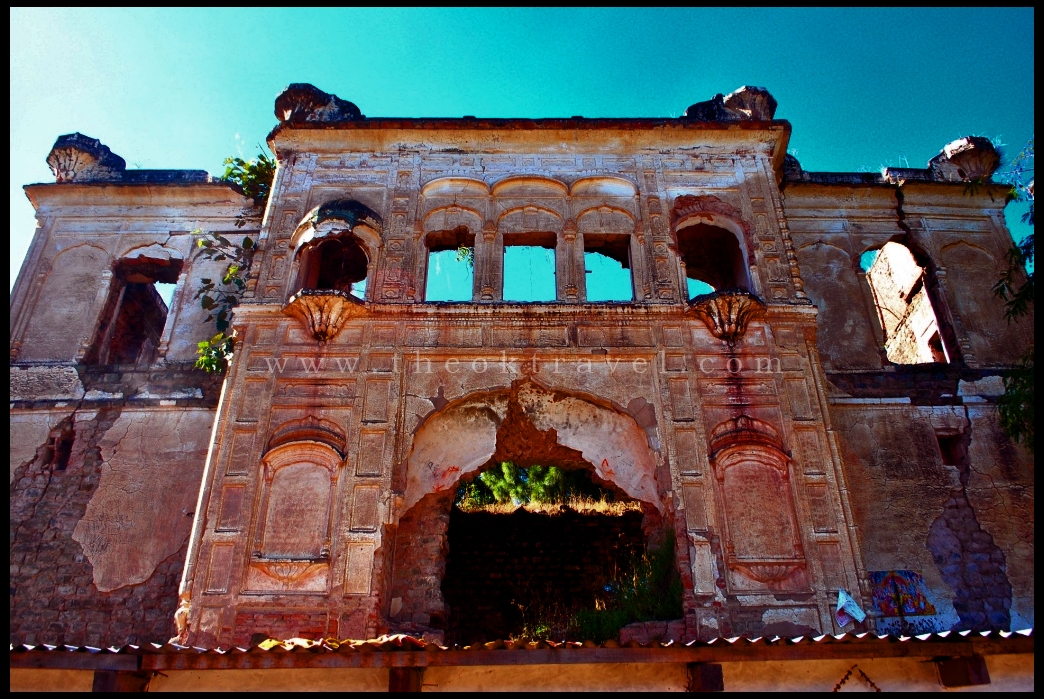Of the many architectural heritage palaces and forts abounding Himachal, Arki fort housing the royal palace perhaps has one of the finest collections of murals and wall paintings.
Only 39 kilometers from Shimla, located in a picturesque valley at an altitude of 1175 meters Arki was once capital of the princely state of Baghal. On the slope of a precipitous hill the fort and other palace buildings are an imposing structure. The royal family traces its descent from Aje De, a Panwar Rajput, who is said to have come from distant Ujjainand carved out a kingdom for himself in the mountains here.
At the turn of the nineteenth century, like most of the hill states, the royal house of Arki went through a turbulent phase when the Gurkahas overran small Himalayan kingdoms between 1805 and 1815. For seven long years the then Rana Jagat Singh was forced to live the life of an exile at Nalagarh. It was the British who restored the principality after dislodging the Gurkha’s from Shimla hills in 1815.


Rana Kishan Chand who presided over the royal house of Arki from 1840 to 1867 was conferred the title of a Raja by the British as a reward for having guarded the road from Shimla to Jullunder during the 1857 mutiny. It was Raja Kishan Chand, a art patron who had the Diwankhana of the fort decorated with fine murals executed in Kangra style of pahari paintings. The ceiling was done up with an exquisite floral design and the walls exhibited scenes from everyday life of the ordinary people and kings. Some depicted battle scenes and other stories from the Puranas, Mahabharta and Ramayana.
Even after hundred and fifty years these superb wall paintings have not lost their luster and remain a lasting tribute of the hill artists. The guests of heritage Arki fort palace hotel while being treated to the comforts of royalty, are fascinated by these lasting images on the walls of the fort.
Templesand cave temples in the vicinity of Arki are a great attraction for historians and the tourists. The legend associated with the Laxmi Nrayan temple at Arki has it that the idol was brought by the founder of the royal house Aje De. Twelve kilometers from Arki in the scenic village of Gharnunis the old temple of Bani Devi.
On Baridhar, a ridge running in a northwesterly direction, is the temple of Bara Deo. Dedicated to Lord Shiva this temple commands a panoramic view for it is located at the highest point on the ridge.
The Arki – Kunihar region is limestone country and it houses a large number of caves, some of which over time have become cave temples and some have not yet been fully explored.
The Lutru Mahadev cave and Mutlu Gufa at Arki, the hill top Shivaji cave near Kunihar and the Dayaras cave in the nearby Dayaras forest range are some of them. Residents near Shivaji cave tell a tale that to find out the length of the cave, once a dog was guided in and it emerged miles way at village Subadhu.
Endowed with gifts of nature and nurtured with care, the Arki – Kunihar region beckons historians, tourists, archaeologists naturalist’s and others to drink deep off the pure mineral water springs along the country roads which have quenched the thirst of many travelers before them.
There are another fort in Subahtu Village, which is popularly known as Kuthar Fort.

[…] can visit an old fort and few temples. Its just 19 KM from Dalrlaghat. See here for more info: Lesser Known Forts of Himachal: The mural?s of Arki Fort | The OK Travel Reply With […]